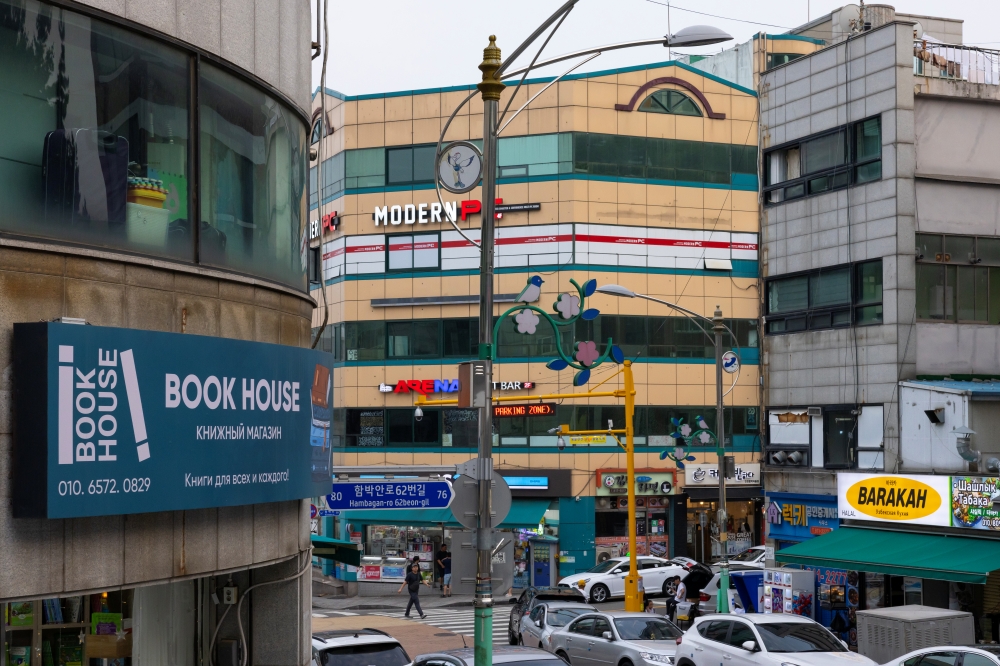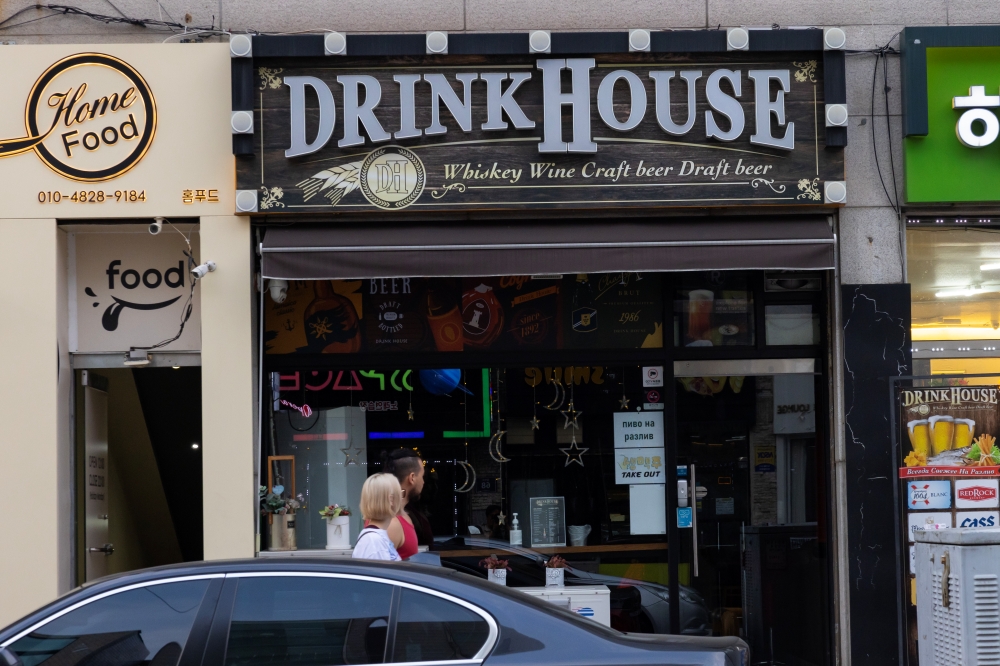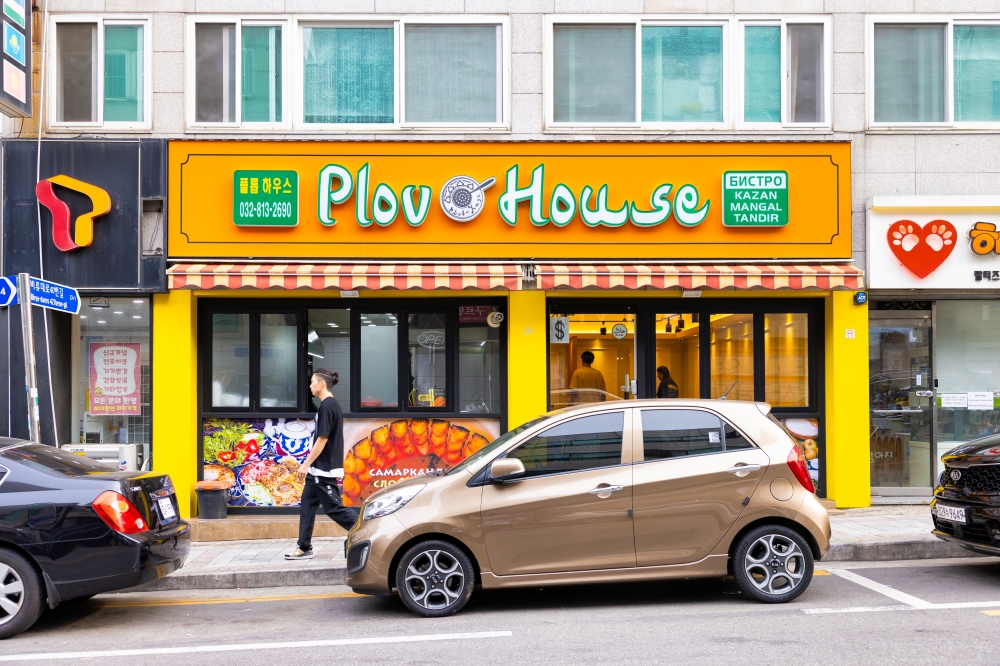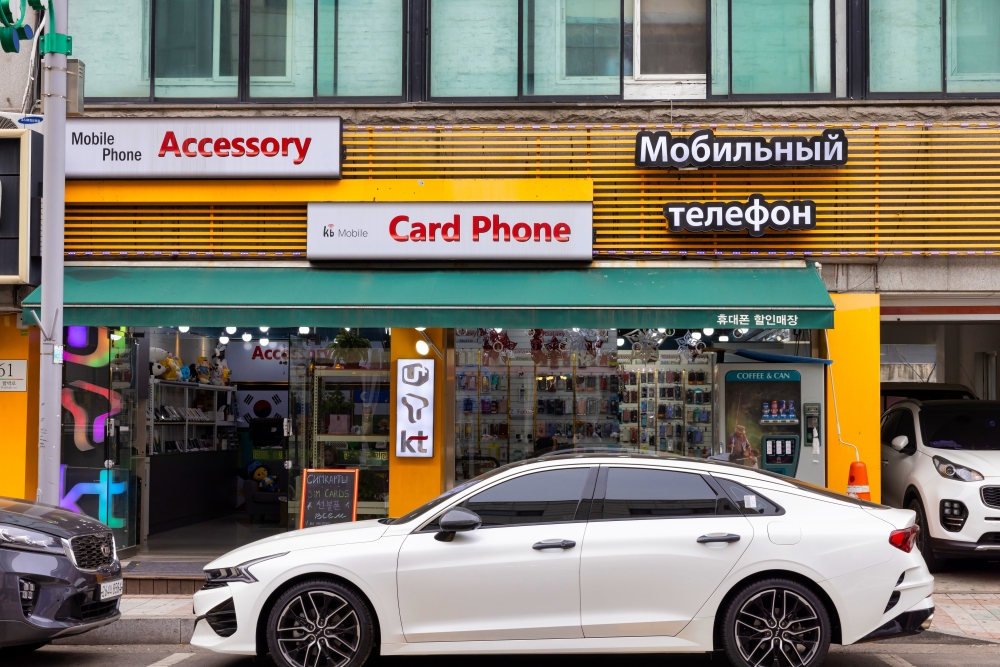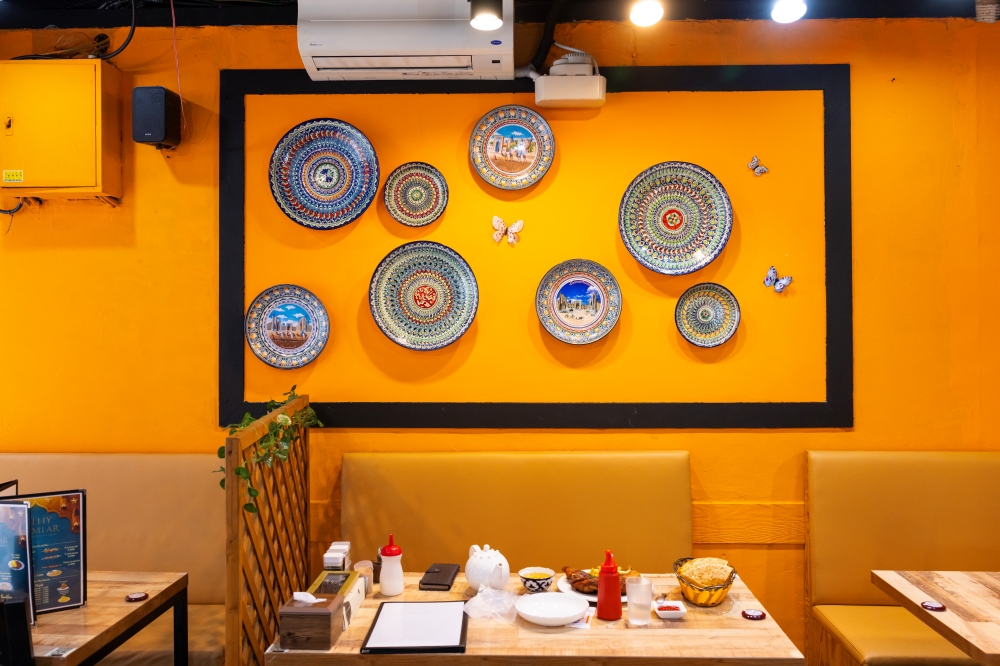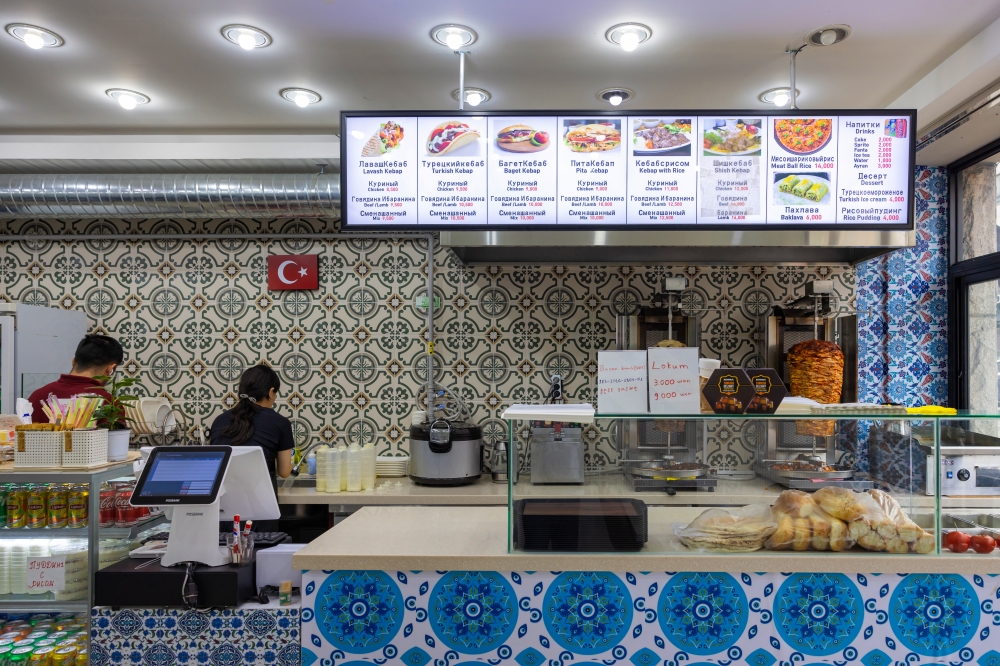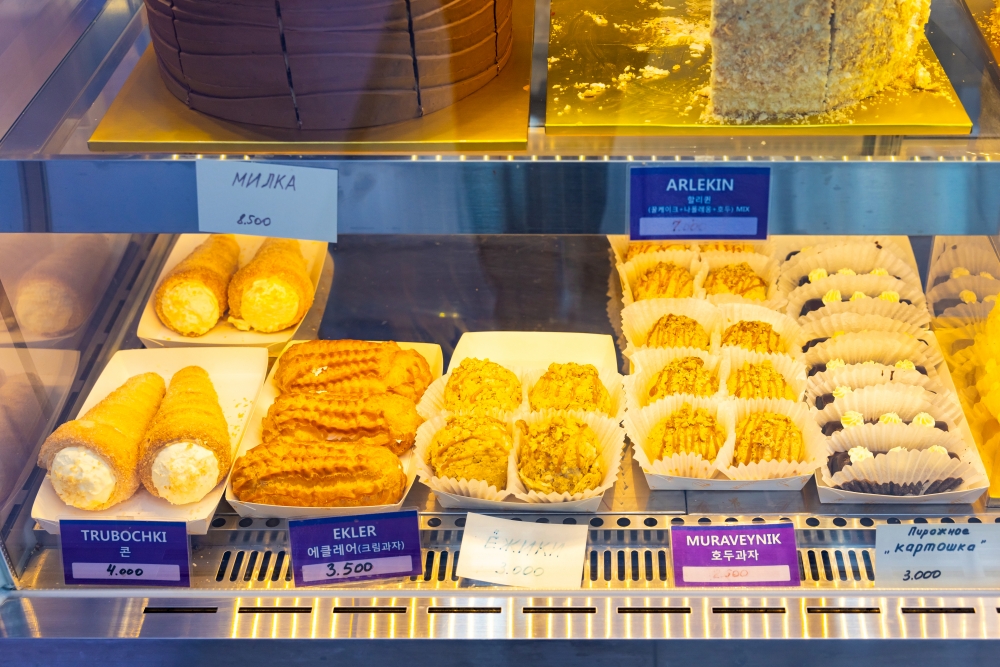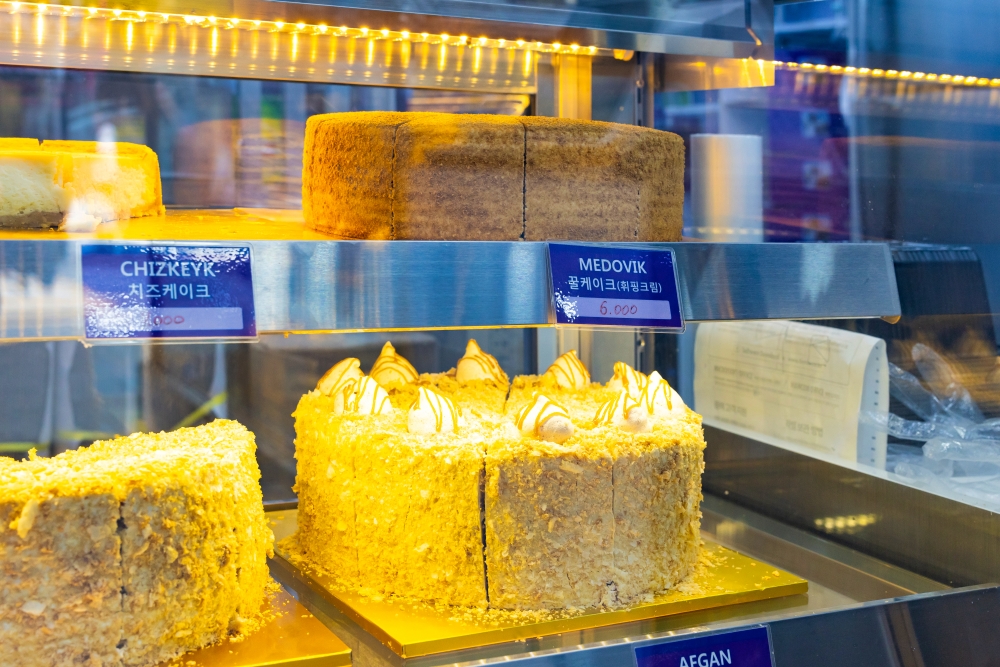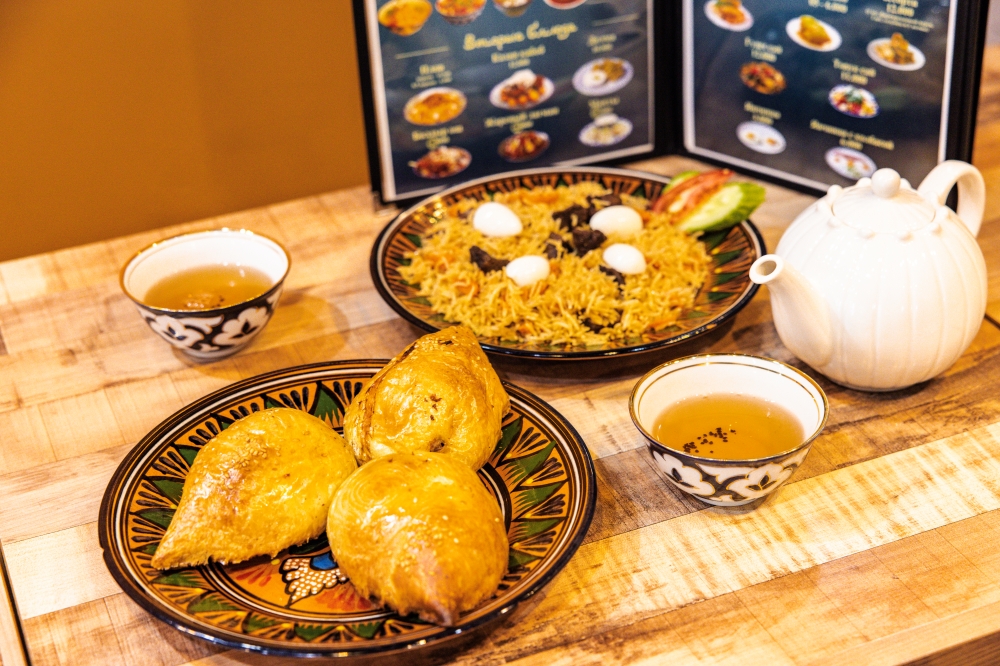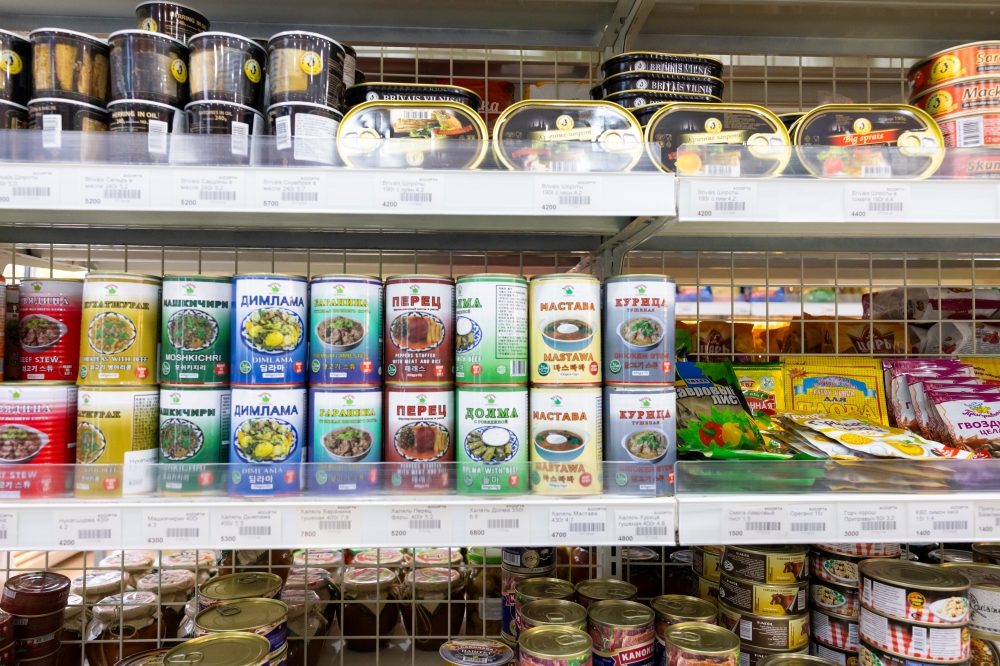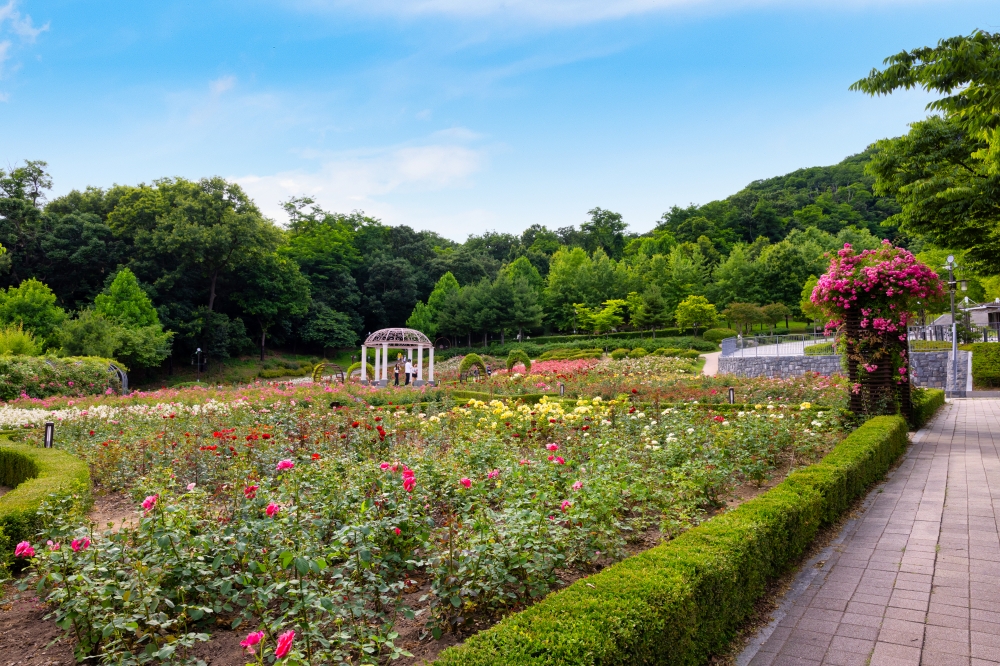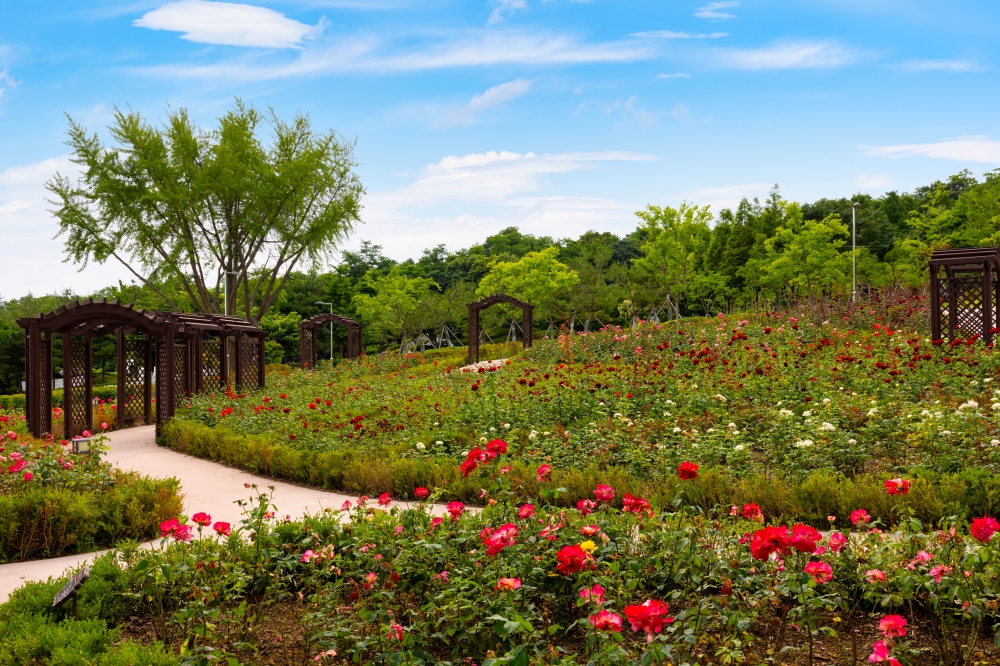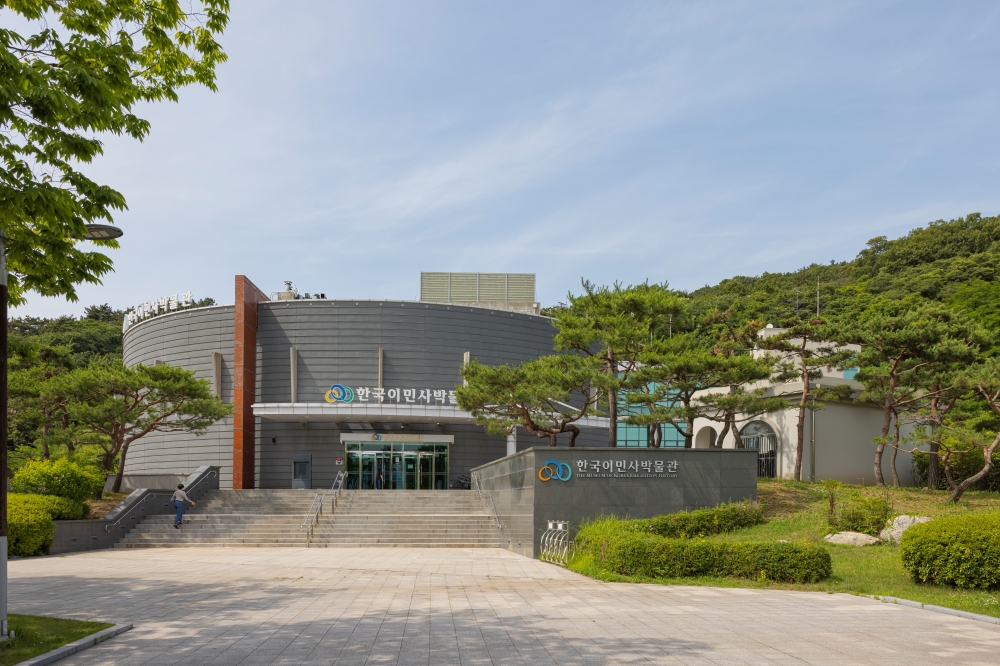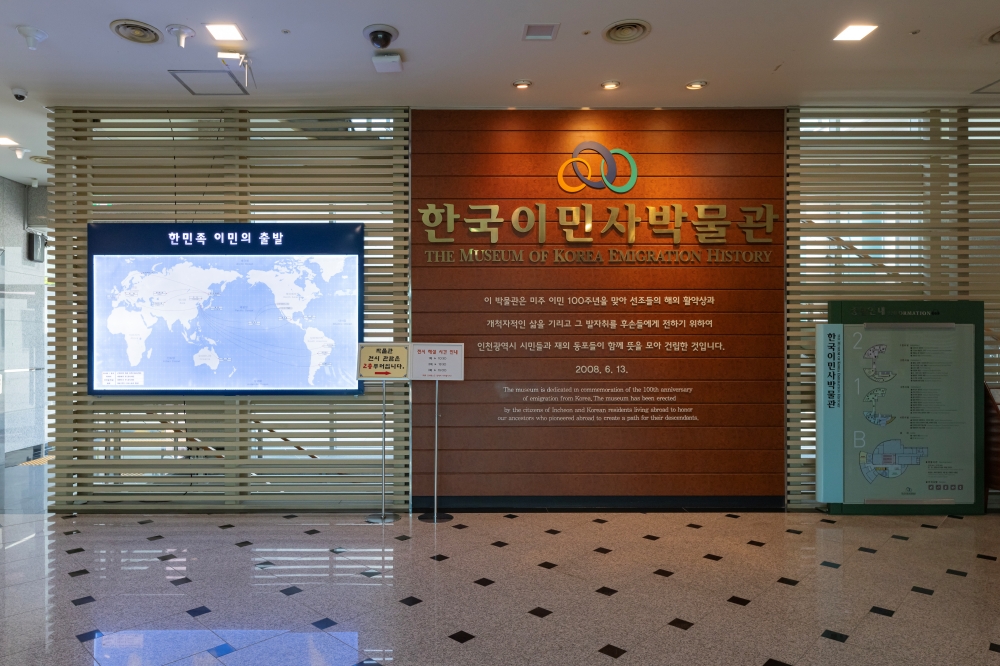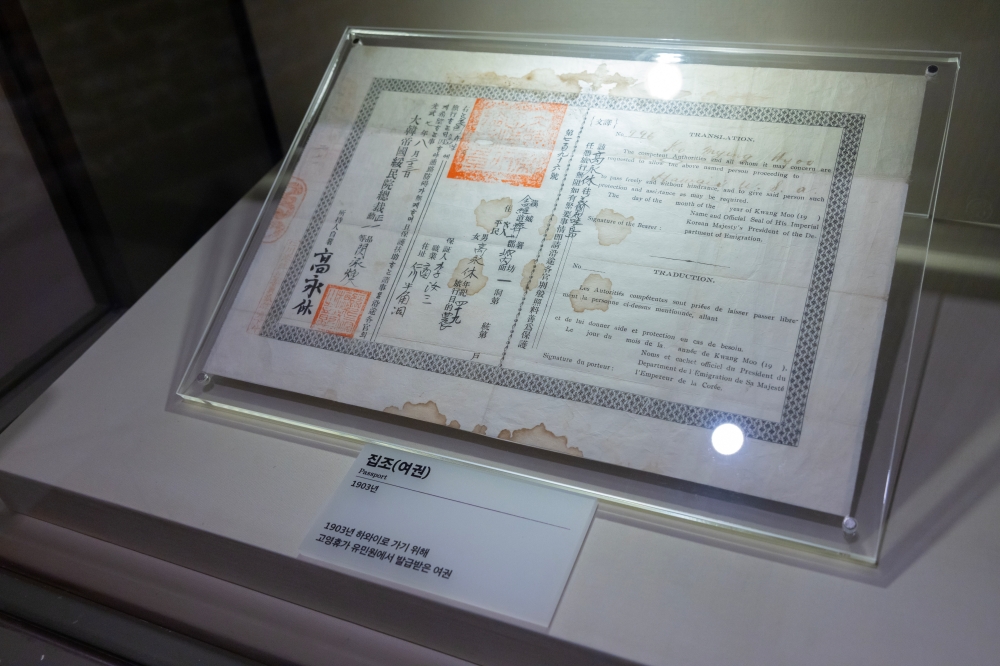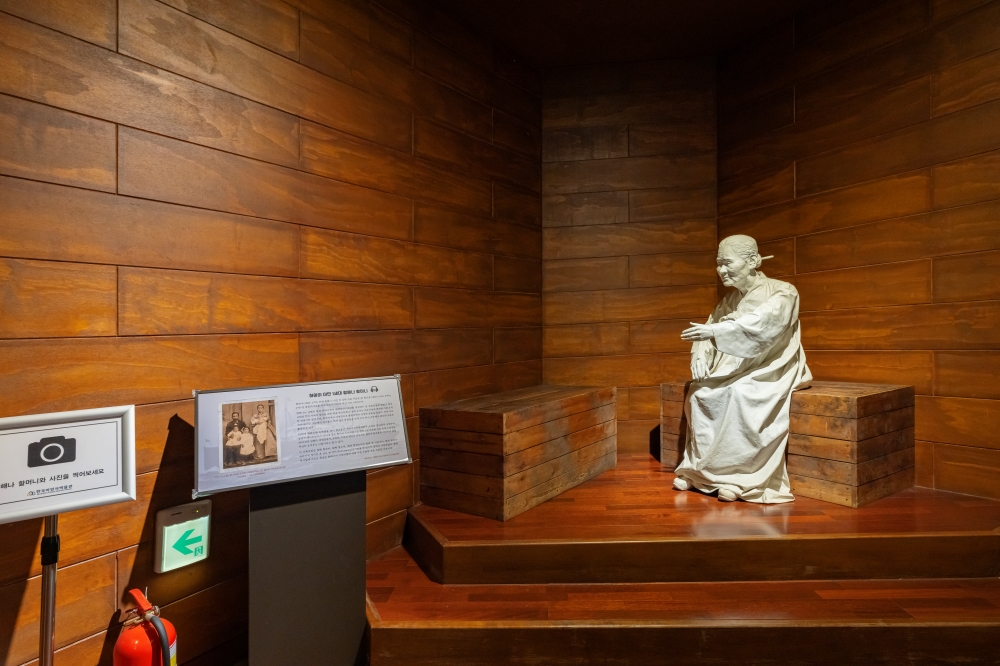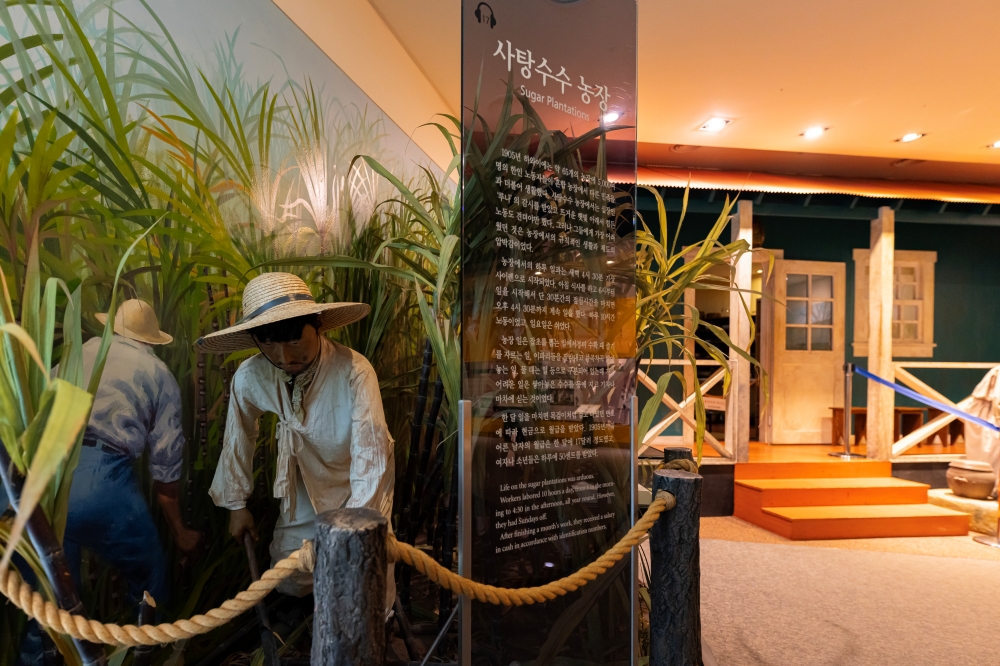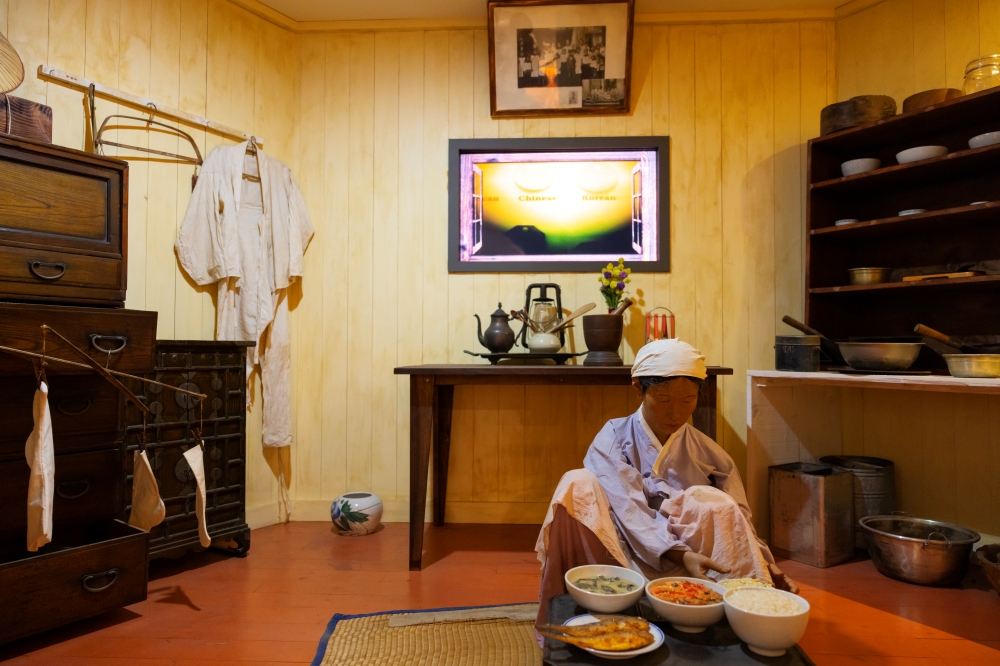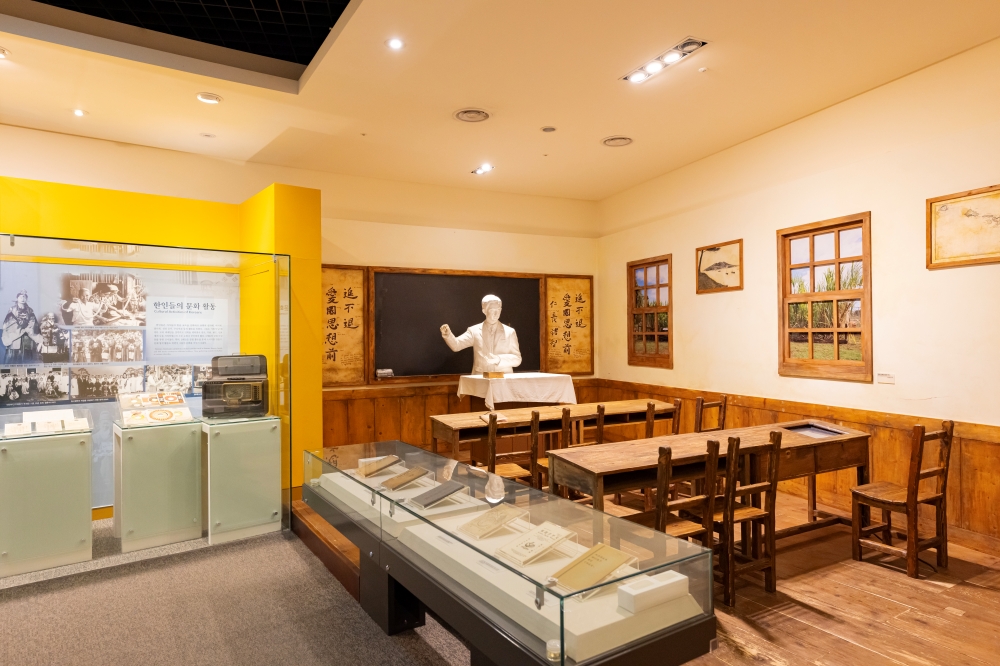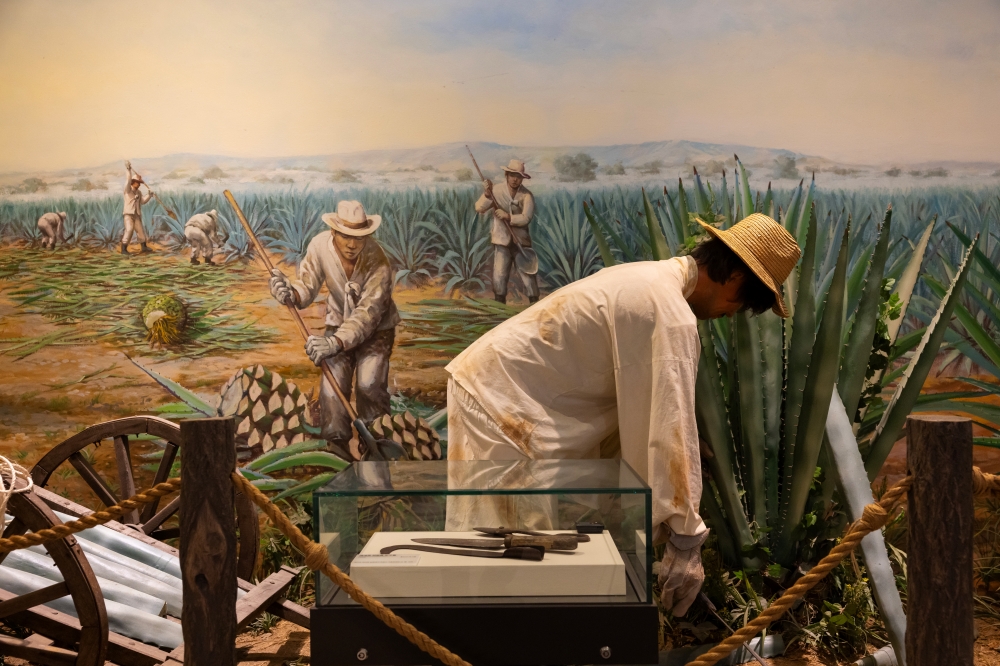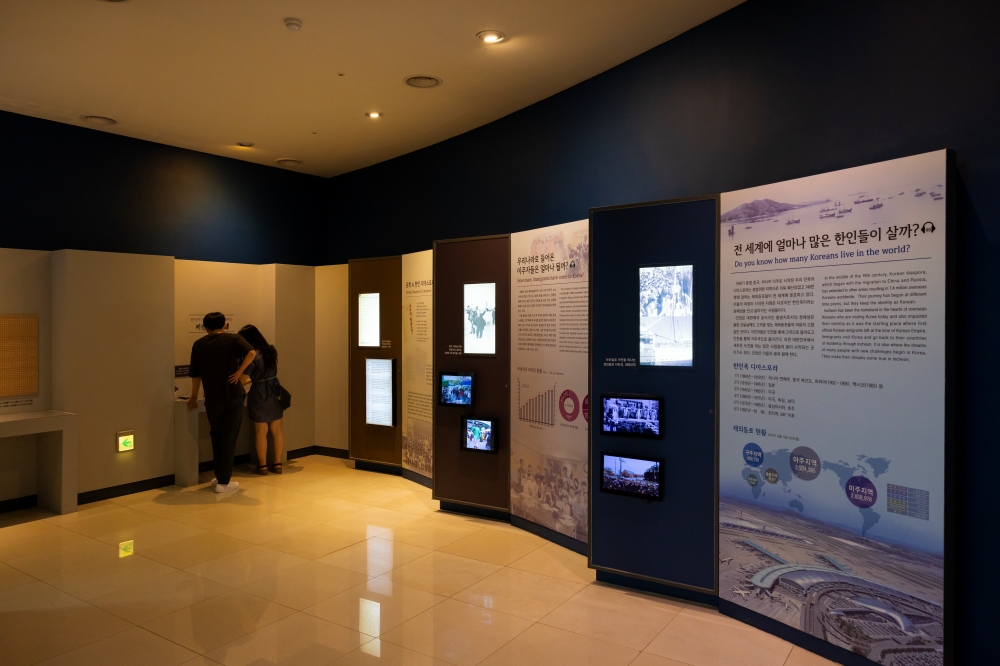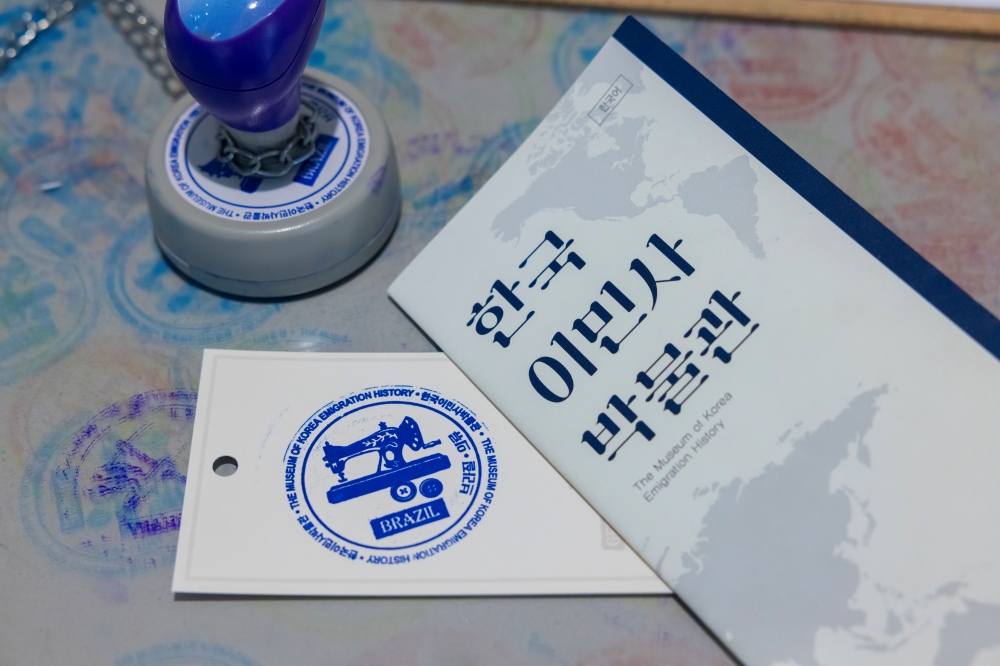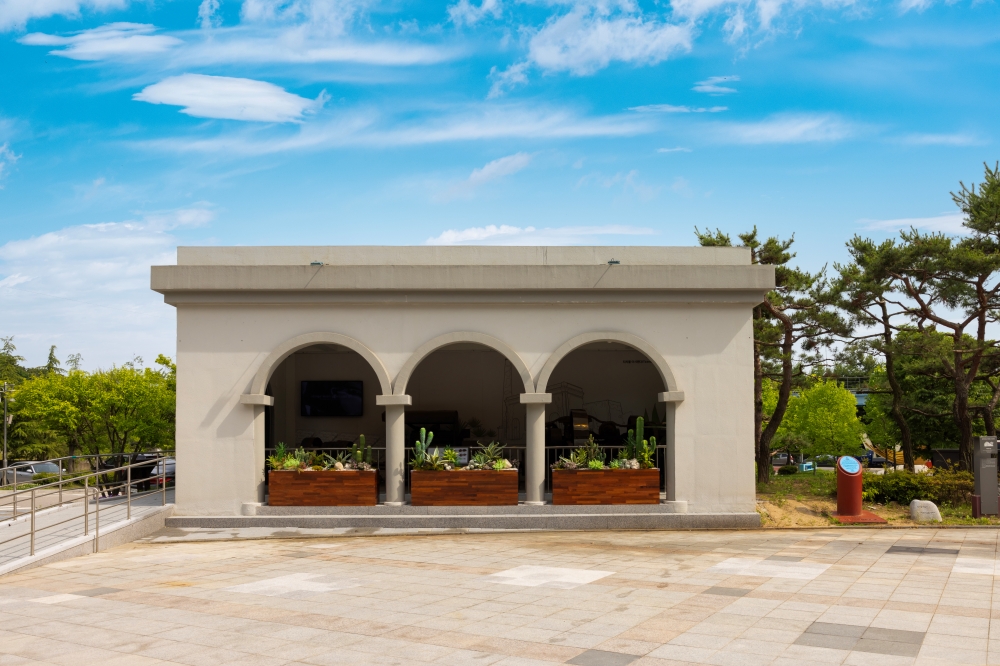The Museum of Korea Emigration History, telling the stories of overseas Koreans’ home away from home
#LaborEmigration #EmigrationHistory #OverseasImmigration #OverseasKoreans
Mr. Sunshine is a 2018 Korean historical TV show starring Lee Byung-hun and Kim Tae-ri as the leading cast.
The male protagonist “Eugene” was born in Joseon (Korea’s last dynasty) but went to the United States and returned to Joseon as an American citizen.
As you watch the show, you can’t help but wonder, “Could people move overseas in that era?” The thought may pique your interest in the history of overseas Koreans.
When and how did Koreans begin to migrate overseas? And how was the very first Korean passport created?
The Museum of Korea Emigration History is Korea’s first emigration history museum.
It shows the first official immigration to Hawaii, United States, in 1902, the first Korean passport, and the life of immigrant laborers in foreign lands.
Visitors can glimpse ancestors who had to board an immigration ship at Jemulpo and travel to faraway countries.
Various materials and exhibits displayed in the museum tell vivid stories of the joys and sorrows of Koreans who lived in different eras.
The Korean people never forgot their identity despite the bone-crushing labors they endured as pioneers who took root across the United States.
They established Korean schools to continue learning the Korean language and helped Korea’s liberation movements through many means.
Unlike immigration to Hawaii, immigration to Mexico began illegally.
The scorching sun of the Yucatán Peninsula and fields of strange-looking henequen plants were waiting for Koreans.
Inside and outside the museum are exhibits showing four years of labor at a henequen farm, telling the hard life Korean laborers had to endure.
A henequen-processing machine used during the period is also displayed.
Other than Hawaii and Mexico, the two major Korean labor migration destinations, the museum also displays the early history of Korean immigrants that dispersed across the globe, showing the process of their immigration and settlement.
The museum also exhibits the history of Korean orphans’ “overseas adoption” after the Korean War.
Unlike the sad history of early immigration, the history of hopeful immigration with a spirit of challenge is far from an entirely sad story.
After you complete the internal exhibition course, you can get a stamp of the country on a souvenir immigration passport and leave a review.
If you exit the main gate, you can see the outdoor exhibition on the left.
This area lets you sense the weight of immigration history much more.
Walk through the displays and feel the hearts of the overseas Koreans who never let go of their hope despite the unfamiliar environment and life.
- Address329, Wolmi-ro, Jung-gu, Incheon
- Opening Hours9:00–18:00 (Last entry is at 17:30), Closed on Mondays, January 1, and days following public holidays
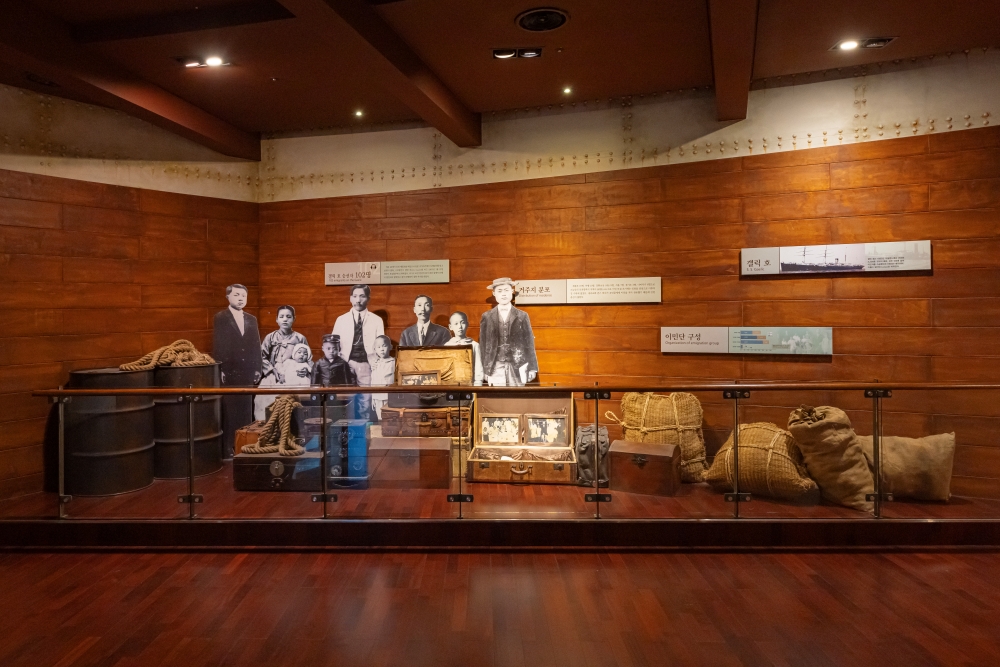



 857
857


